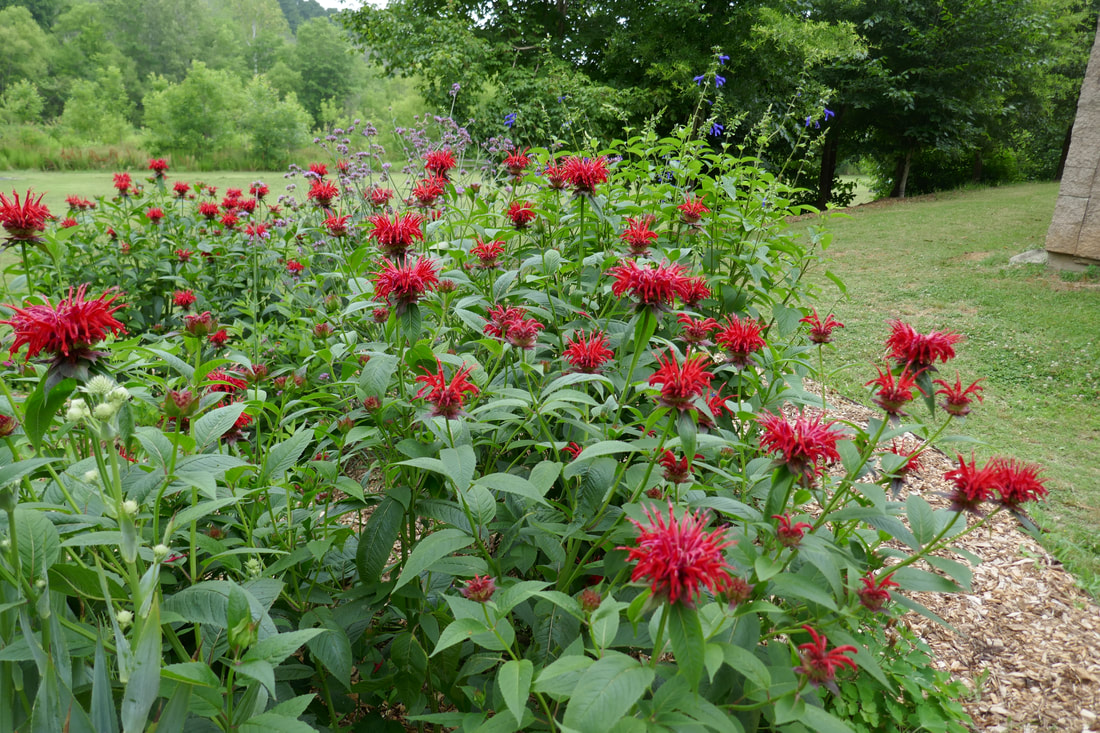|
Best grown in rich, medium to wet, moisture-retentive soils in full sun to part shade. Prefers rich, humusy soils in full sun, although some afternoon shade is appreciated in hot summer climates. Does best in well-draining conditions, but can tolerate heavier clay. Soil should not be allowed to dry out. Deadhead flowers to prolong summer bloom. Divide clumps every 3-4 years to prevent overcrowding and to control spread of the plant. Provide plants with good air circulation to help combat fungal leaf diseases (see Problems section below). Deadhead flowers immediately after bloom to prevent self-seeding. Spreads by rhizomes and self-seeding to form colonies. Humming birds love this plant.
For a more thorough discussion on this plant, go to the Missouri Botanical Garden webpage |

